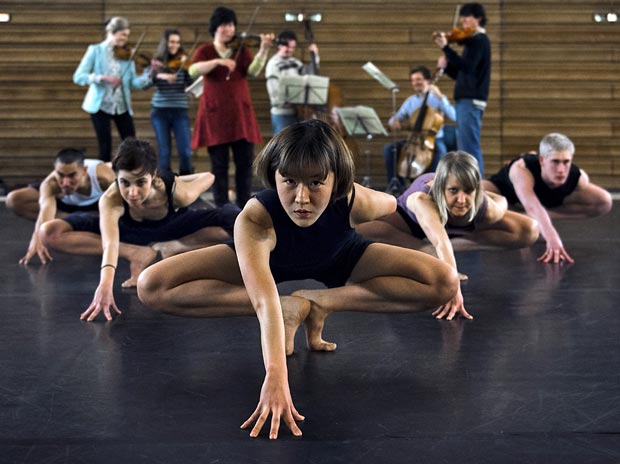
© Joe Plommer. (Click image for larger version)
Henri Oguike & Orchestra of the Age of Enlightenment
The Four Seasons
London, Queen Elizabeth Hall
8 February 2013
www.oae.co.uk
www.henrioguikedance.co.uk
www.southbankcentre.co.uk
If music be the food of love, then it is surely the air and water of dance. Music survives well enough without visual stimuli but dance can get along for only so far without its auditory entourage: one might argue that even 4’33” is a tad too long (and, yes, I know that John Cage didn’t compose his opus to ambient sound specifically for the purposes of dance but I’m not going to let an unhelpful little fact spoil my point)!
Whenever music accompanies dance – perhaps excepting the Mariinsky Theatre where Maestro Gergiev reigns supreme – it is generally the poor relation. Conductors are asked to gauge their tempii to the ballerina’s requirements and the orchestra generally sits down below the stage (in a “pit”, if you don’t mind) unseen by most of the audience. Here, for once, the tables are turned. True, all but one member of the Orchestra of the Age of Enlightenment occupies a raised platform at the rear of the stage, but even though the six excellent dancers take over the foreground they are very much “second fiddle” in this rearrangement of the music and movement dynamic. By the way, there is no doubting that the first fiddle belongs to the Orchestra’s Director and Lead Violinist, Kati Debrentzeni, who wanders occasionally through the dancers as if Vivaldi’s very own spectral emissary.
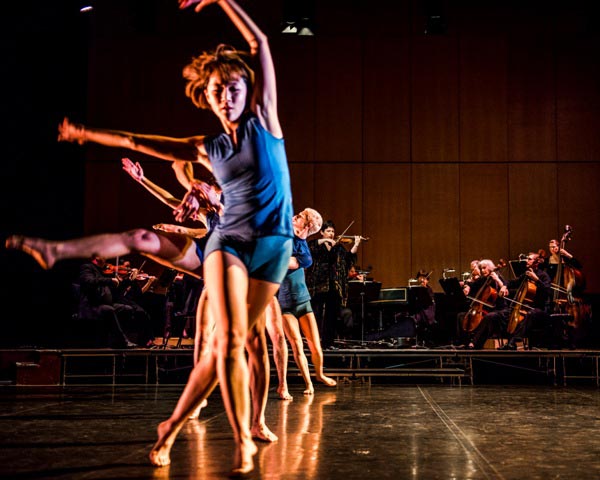
© Joe Plommer.
This orchestral performance of Vivaldi’s ubiquitous description of a year in the life of the countryside had the added twist of Henri Oguike’s choreography bringing Vivaldi’s musical mimicry of nature into kinetic form. This remarkable young man from West Glamorgan (part Welsh and part Nigerian) already has a strong track record in Baroque choreography and must have been a shoe-in choice to work with the OAE. And together they delivered a unique experience, taking familiar music played uncaringly in elevators and shopping malls the world over and intensifying Vivaldi’s onomatopoeic references into a holistic, three-dimensional form. Thus, Oguike interprets the descriptive phrases of spring’s awakening with “the singing of birds”; the soft breezes of summer with its solitary peasant’s lament leading into the “presto” pace of the thunderstorm; the frivolities of autumn’s drunken peasantry and the bloody hunt; and finally the “chattering teeth” frozen by the fearsome North Wind of winter. It’s all there, in recognisable, visual cues that accentuate the suggestiveness of Vivaldi’s musical references. There are harmonious fragments of tranquillity to indicate both the restfulness of soft breezes and the fatigue of a day in the summer sun and many repeated motifs (including fluttering hands, thrusting crotches and deep pliés) to represent the agitated passion of both climatic and climaxing forces. Oguike animates Vivaldi’s hints of seasonal characteristics from gale-force winds to steamy sex. It was so good that the performers did it all twice in one night. I even thought about stowing away to catch the reprise!
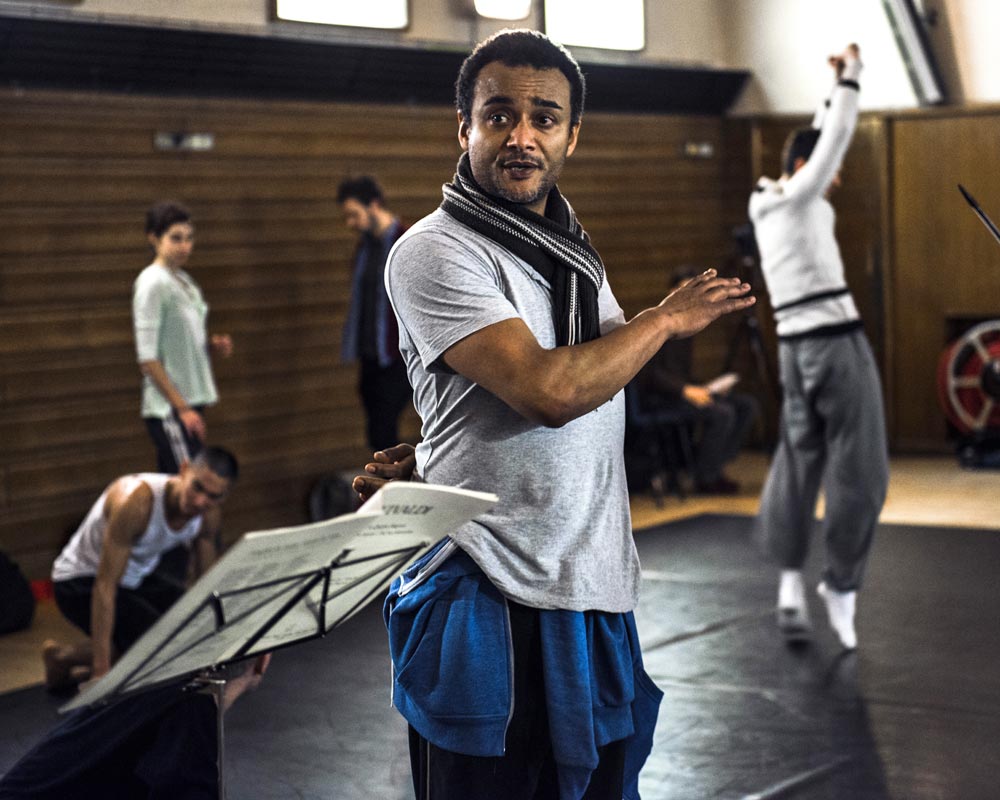
© Joe Plommer. (Click image for larger version)
Oguike’s dance making has always tended towards the literal in terms of each movement possessing intent. At one extreme it can be extraordinarily poetic (as in his earlier Baroque-influenced works such as White Space – to Scarlatti’s keyboard work – and his two previous attempts at choreographing to Vivaldi in Little Red and How I Look); and at the other it can be a ferment of visceral power. This is, after all, the choreographer who gave us Tiger Dancing and meant it.
This remarkable “inside-out” collaboration of orchestra and dance ensemble – which incidentally takes place on a bare stage shorn of any other design save for the simplest of dancewear – succeeded in overhauling one of the most popular pieces of classical music by weaving remarkable new textures into Vivaldi’s violin concertos. It was a highly specialised renovation of a much-loved and well-worn composition which further confirms Oguike as the “go-to” Baroque – if not the “Go for Barocco” – choreographer of the modern age.







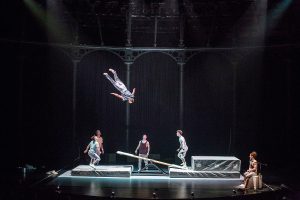
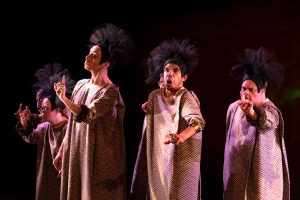
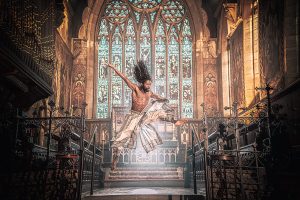

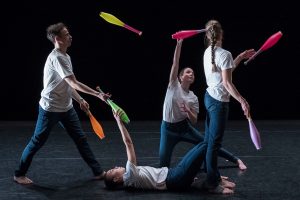

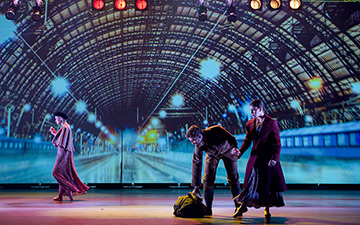

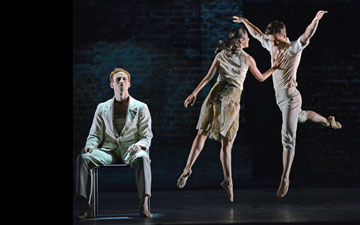

You must be logged in to post a comment.